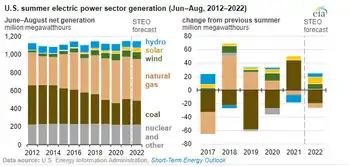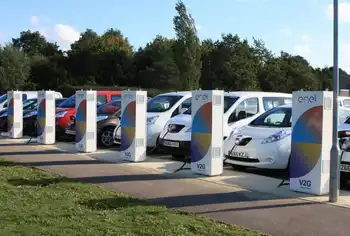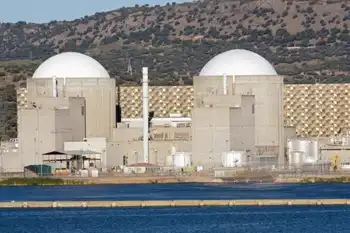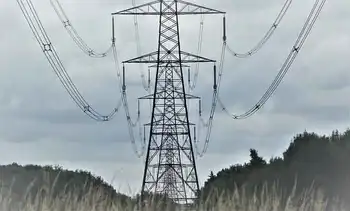Toronto zapped by bad meter
Toronto Hydro officials say they have just received a credit for the overpayment from the Independent Electricity Market Operator, or IMO, and are still assessing how it will affect their financial position.
Disclosure of the error touched off a round of finger-pointing among Toronto Hydro, Hydro One, which supplied the meter, and the IMO, which collected the money.
Pankaj Sardana, treasurer of Toronto Hydro, said the error originated with the opening of the competitive electricity market in May, 2002, which required meters across the electric system to be adjusted.
A Hydro One meter was calibrated incorrectly, he said. It showed far more power flowing over Toronto Hydro wires than was actually the case. Toronto Hydro then had to pay the IMO for the power.
Sardana says meter readings commonly show only a fraction of the power used. The number recorded by the meter is then multiplied by a certain factor to get the true amount. A reading of 542, for example, might represent 5,420 kilowatt hours.
In this case, the wrong multiplier was used at the metering station, resulting in Toronto Hydro being overcharged.
Hydro One spokesperson Peter Gregg said the error occurred as the IMO switched computer systems to accommodate the new competitive market that started in 2002. Incorrect information crept in as data was migrating from the old system to the new one, he said.
But IMO spokesperson Terry Young said: "There was no problem related to the installation of the systems that we put in place for the market." It's the responsibility of the meter service provider (Hydro One) to make sure meters are delivering accurate information, he said.
An IMO bulletin says its compliance division is investigating.
Toronto Hydro reported pre-tax profit of $58.3 million for the period, down from $63.1 million a year ago. Revenue dipped to $533.3 million from $679.6 million, as both the price of power and the volume used declined with this year's cooler weather.
But Toronto Hydro also paid lower taxes, which resulted in net profit increasing to $36.5 million compared with $29.9 million a year ago.
That helped the utility to pay a $5 million dividend to the City of Toronto, its sole shareholder.
Toronto Hydro will decide in the coming weeks how to account for the $37.8 million refund, the company said.
Related News

EIA expects solar and wind to be larger sources of U.S. electricity generation this summer
WASHINGTON - In our Summer Electricity Outlook, a supplement to our May 2022 Short-Term Energy Outlook, we expect the largest increases in U.S. electric power sector generation this summer will come from renewable energy sources. These increases are the result of new capacity additions. We forecast utility-scale solar generation between June and August 2022 will grow by 10 million megawatthours (MWh) compared with the same period last summer, and wind generation will grow by 8 million MWh. Forecast generation from coal and natural gas declines by 26 million MWh this summer, although natural gas generation could increase in some electricity…





